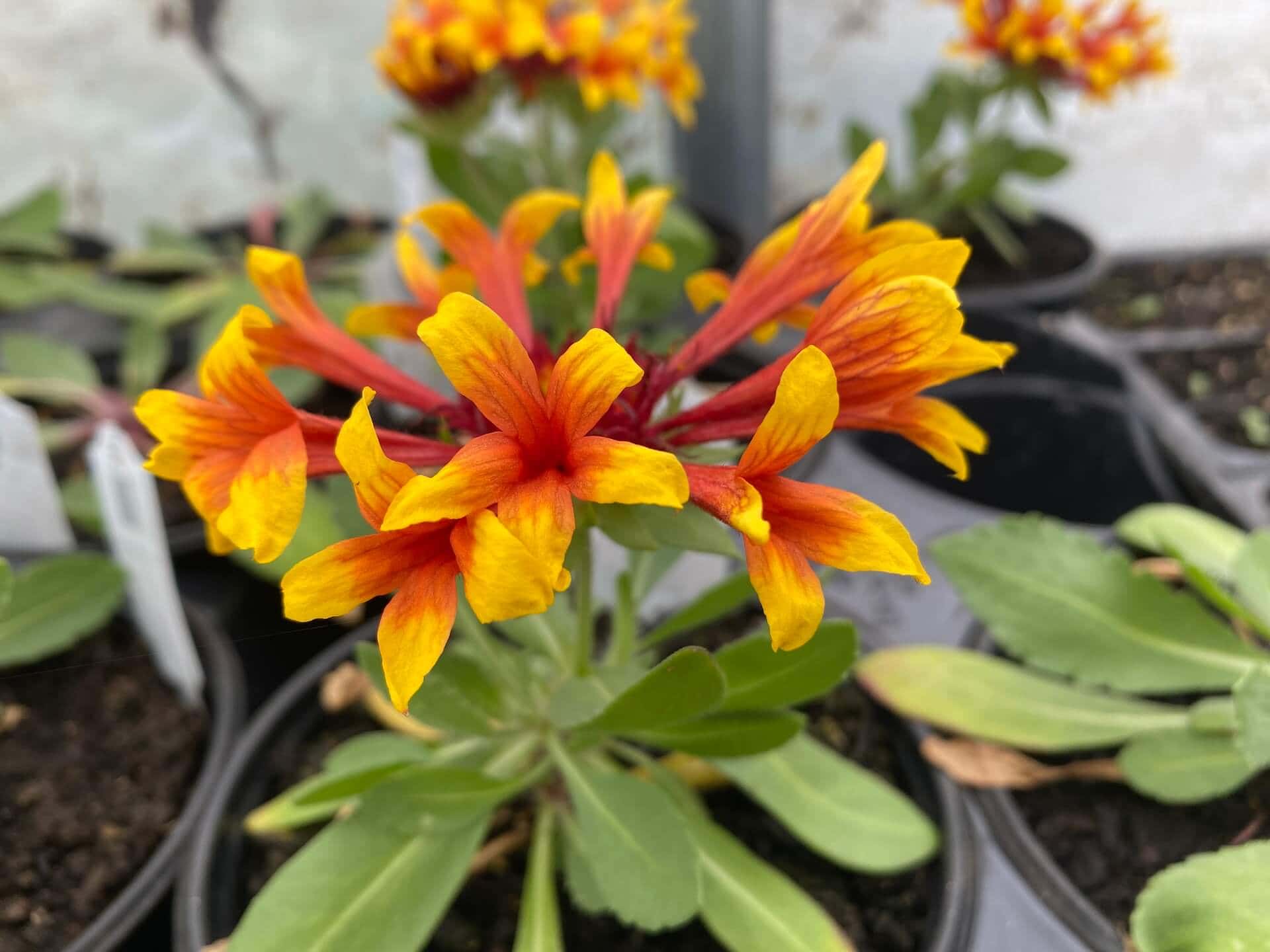This post may contain affiliate links. Probably doesn’t, but it might. It doesn’t cost you anything extra but if you use these links to buy something, we may earn a commission.
This post may contain affiliate links. It doesn’t cost you anything extra but if you use these links to buy something, we may earn a commission.
You know all the zucchini stories, how much a zucchini plant can produce, and you are ready! Bring it on—you are able to make zucchini bread, roasted zucchini, stuffed and baked zucchini, zoodles, zucchini fries, zucchini pickles, fried zucchini flowers—you are set.
And then… your plant wilts all of a sudden and dies. One day– big, healthy leaves. The next day you have wilted leaves. And then, it’s done.
There are two common problems that zucchini plants can have.
Table of Contents
Powdery mildew
The leaves look like they have gray or white spots on them. Some leaves might be shriveled and dried. This is a fungus which can spread rapidly, within 48 hours, and is common in warm, humid environments. Night-time high humidity is often a key factor. However, once it is hotter than 90F, the fungus cannot survive.
Four tips for Prevention:
~Give your zucchini plants plenty of space. The more they are crowded together, the more the branches hold extra humidity from the soil. The leaves then become infected with powdery mildew.
~You can also prune off extra branches. Zucchini plants have plenty of extra branches. Cut off 1/3 of the branches from the bottom to provide better air flow and reduce humidity.
~Always water the soil and not the leaves. You want to keep the leaves as dry as possible. Splash back from the soil is one way of transferring any mold from the soil to the leaves.
~Look for disease-resistant varieties. This will help!
Treatment:
Cut away any dried leaves or leaves with spots. Remove from the area.
Make a spray of one part milk and five parts water. Spray the tops and undersides of the leaves in the morning until they are dripping. Re-apply the spray after a rain.
Neem oil can also be an effective treatment. Spray on the undersides as well as the topsides of the leaves.

Vine Borer
Signs of a vine borer are when the leaves wilt and turn yellow. The vine borer is a moth with clear wings, often mistaken for a wasp. It overwinters in the soil and emerges in the spring. It lays eggs on the underside of the squash leaves. The larvae chew on the stems and disrupt the flow of nutrients to the leaves and then the plant dies. If you cut open a stem, you can see evidence of chewing on the inside of the stem.
Prevention:
If you have had this before, make sure you plant in a different area. The borer moth will go dormant in the soil over the winter and then hatch in the spring. The borers will affect zucchini, squash, gourd, watermelons, and cucumbers. Plant all of these in a different location.
Treatment:
If you catch this quickly, you can remove affected leaves. If you can find the area on the main stem which has been affected, cover it with soil and be sure to water the plant regularly.
You can use pesticide dusts, such as pyrethrum or diatomaceous earth. If your plant recovers, use every week for 4-5 weeks.
If you have had this before, start treatment when you first plant, and dust weekly.
If you are not eager to spray and dust, then plan for a second planting of zucchini. You can plant seeds in July or August for a fall crop. Zucchini grows quickly. We always have multiple plantings, because you never know when something weather related or insect related will pop up. Even organic sprays and dusts have consequences for the beneficial insects and the soil, so we try to use as little as possible.

Conclusion
Rotate where you have your zucchini plants each year, giving them plenty of space. Prune off up to 1/3 of the branches to provide good air flow. Avoid water on the leaves. Remove any diseased leaves as quickly as possible to try to prevent spread to the rest of the plant. If it is an extra rainy or humid year, then you probably have to start some more seeds and have a second planting of zucchini. The plants can continue into the fall until the temperatures drop close to frost.
Look for disease-resistant varieties. This can make a big difference if you are growing in an area with warm, humid summers. Make sure your plants have full sun, sun up to sun down. You will get more zucchinis as well as have healthier plants.
Happy growing and happy eating!
~Ruth
Additional Resources
Here is a detailed look at powdery mildew: https://www.tipsbulletin.com/how-to-get-rid-of-powdery-mildew-on-zucchini/.
The extension services of most state universities will have information pertinent to your growing area. Here is an example from Penn State Extension: https://extension.psu.edu/powdery-mildew. Generally, you can also call and talk with someone about specific issues as well. They frequently hold workshops, classes, and information sessions to help growers.





